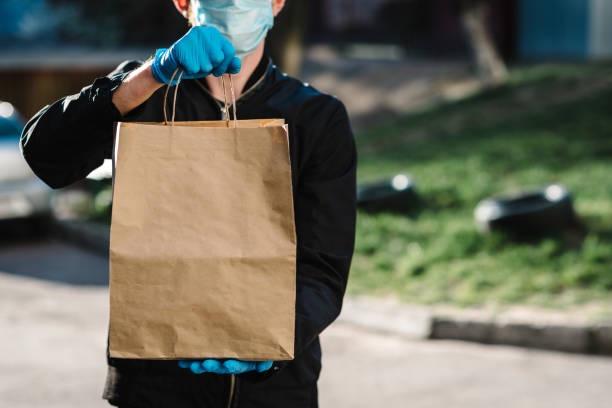When advocating for sustainable change, it is sometimes difficult to create distinctions between a policy that is both environmentally beneficial and a reasonable thing to expect from other people. During green events and seminars, bold claims are made about a company’s mission and stated purpose, with many claiming to do such things as eliminate food waste in a given area. The mind lingers on what those expectations say about each organization’s view on ideal human behavior. Each sustainability-minded company and non-profit is predicated on the idea of life as it ought to be lived, not our present reality.
In that way, only select attention is brought to the processes by which we would go about changing our collective behaviors. Many who are minded capitalistically see this in the proliferation of their own, often reusable, products. However, production often results in waste, and basic rules of distribution and roll-out means that there is often a surplus of the commodity itself which then leads to disposal by the seller, creating even more waste. Often, these processes appear as a round peg being shaved down to fit neatly within a square hole. Other companies seek to work inside of the current system, beginning from waste streams in order to achieve a constant supply and, with enough marketing and publicity greasepaint, be able to sell themselves.
One such company at the head of the food waste evolution is “Too Good To Go”, an app that turns restaurant leftovers into cheap meals to the benefit of the cash-strapped consumer as well as struggling local eateries. Anybody who works in the food service industry can attest to the mountainous piles of meat and produce that roll like the Rockies in dumpsters across the nation. Some of the waste is the result of poor walk-in management or out-of-place menu items, with another significant portion being lonely meals poked at by a forlorn customer or delivery drivers that never show. Much of it is also the result of human error, a metric so faulty and unpredictable that no machine could ever be dumb enough to measure its effects.
First implemented in Denmark then moving to the United Kingdom and now many cities across the United States, Too Good To Go has become the “world’s largest B2C marketplace for surplus food.” Part of their success to such a high degree is because of a low barrier of entry into the business. By carving out a niche that places restaurants at little danger of raising their expenditures to an unreasonable standard as well as giving a space to those who want access to excess food, Too Good To Go has cornered a market they created. While the app specializes in prepared food from cafes and restaurants, it is expanding its reach at a mass market.
With this revolutionary shift in the way that food is sold and distributed comes a semantic change that also must be observed. Referring to food waste in direct reference to a perfectly good meal that is being thrown away and avoiding terms that are more reminiscent of “food scraps” adds needed dignity back into eating something that nobody else will. Wording of this type can not only encourage more widespread use of person-centered language within green industries but can also ensure that the goals of sustainability, people-planet-profit, are evenly balanced.
Too Good To Go is one of many ways that people are turning a profit from food waste in the Chicago area. Another example are those at Green ERA Sustainability, an organization that transforms food waste into “renewable energy, local jobs, and healthy food” by using a digester in a process of anaerobic digestion. This is usually done in more rural areas because of the space needed for widespread process application, and Green ERA is beginning in Chicago as a sort of stress-test. Even though they are an organization with a large financial backing, land in the area is very expensive which gives some breathing room for the project’s success, as it seeks to process waste, create food, and act as an energy source, spinning three plates on one hand.
All in all, the future of sustainability is bright if it works by and for human-centric models of innovation. We created this mess, therefore we need to be the ones to fix it by altering our strategies to highlight the best of our habits and diminish relevance of linear, waste-creating patterns of production. Visit each company’s website here and here to learn more about how you can help cut down on food waste.
—-Jacob Rosen

